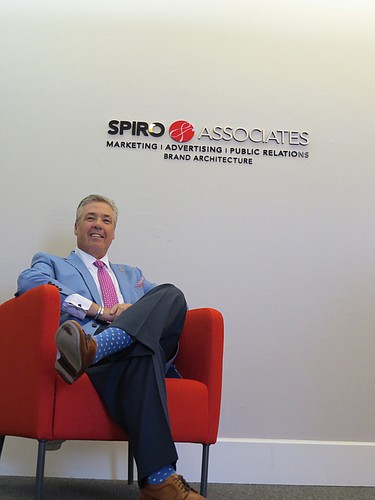- December 18, 2025
-
-
Loading

Loading

Chris Spiro calls it “brand architecture,” the grand design of the public-facing image of a company on which, like a good building design, the foundation is laid and the glittering facade is affixed to the structural integrity of the organization. And when those architectural elements are damaged, the repair must be expedient and complete to prevent further destruction.
In an age of what he describes as a form of cyberterrorism — when a business’ reputation can be torpedoed overnight by either a self-inflicted misstep or a coordinated online assault — Spiro, whose Fort Myers-based Spiro & Associates marketing and public relations firm has worked with companies to minimize such damage, points to his “gold standard” of crisis management: own it, empathize, demonstrate action and control the narrative.